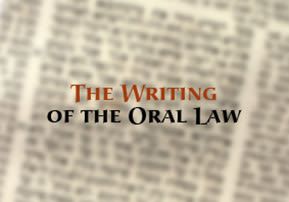
The Writing of the Oral Law
Many don't know what the Oral Law is, nor do they know what the Mishna and Gemara are; if you're one of them, don't worry, for here is a simple explanation...

Moses received the holy Five Books, or Pentateuch, from Hashem on Mount Sinai. Later, the prophecies, the writings of King David and King Solomon, and the five Megillot (Scrolls) were added to the Pentateuch to complete the “Tanach”, or written Torah.
Many things in the written Torah cannot be understood on a practical level. For example, the written Torah doesn’t explain how to make tefillin or to slaughter a chicken. Hashem explained these types of things to Moses, during the period that Moses spent with Hashem on Mount Sinai after the giving of the written Torah. Hashem’s explanations to Moses that elaborate on the written Torah are known as the “Oral Law.”
Before the destruction of the Second Holy Temple, the Oral Law was learned orally only, from rabbi to pupil and from father to son. The Gemara notes, “Torah Shebal Peh – the Oral Law – is not allowed to be written down” (Gittin 60b).
Why did our ancient sages prohibit the written codification of the Oral Law? Elaborating on the above-quoted Gemara passage, the Ritva answers that they wanted to ensure an accurate transmission from generation to generation because one will have to study from a master who will ensure that he is understood correctly.
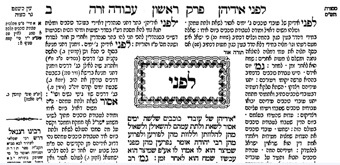
Rabbeinu HaKadosh (also known as Rebbe and Rav Yehuda Hanasi) (165-220 CE) lived in the last generation of Tannaic scholars, and realized that due to the series of tyrannical rulers over Israel, and the laws and edicts forbidding Torah study, Torah Shebal Peh was being forgotten.
Due to Rebbe’s unique relationship with Antoninus, the Roman Emperor, there was a brief respite from the Jews troubles. Rabbi Yehudah Hanasi took advantage of the opportunity to, with the agreement of his contemporaries, convene a meeting of all the receivers of the mesorah (tradition) of the Oral Law. They all recalled their teachings and it was written down and organized by Rebbe.
This work, known as the Mishna (literally review) included anything that was transmitted from Moshe Rabbeinu on Mt Sinai and all their practical applications and disputes in theory practical applications. It also included later edicts, rules, and safeguards that were enacted by the Rabbis.
In effect, the Mishna developed in three stages, from three sages:
1. Rebbe Akiva created the framework of the Mishna, the sedarim (sections);
2. Rebbe Akiva’s student, Rebbe Meir Baal HaNess, edited and is responsible for the language of the Mishna;
3. Rebbe Meir’s student, Rav Yehuda Hanasi or “Rebbe”, wrote down the Mishna and gave it its final codification.
The Mishna has six sections:
- Zeraim – deals with the laws of agriculture;
- Moed – deals with calendar events and holidays;
- Nashim – laws of marriage, divorce, levirate marriage and other marriage and vow related issues;
- Nezikin – laws of damages and monetary law;
- Kodshim – laws of sacrifices and other Temple related laws
- Taharot – laws of Ritual purity and impurity.
As the Mishnayot (individual segments of Mishna) were typically precisely worded and cryptic, several of Rebbe’s students, such as Rebbe Chiya and Rebbe Oshiya, wrote parallel texts explaining the Mishnayot with additional reasoning and textual sourcing. These are known as Braitot or Tosefta.
Several generations later, a need was once again established to write down the the Oral Torah by Rav Ashi, this time with much more detail and in greater length. This work, known as the ‘Gemara’, is based on the Mishna but is an all-encompassing work and much broader in scope than the Mishna.
The Gemara, or Talmud, has four objectives:
- To fully explain the Mishnayot in their entirety and to add any additional dialogue that may have postdated the Mishna. To this end, the Gemara will often bring in Braitot to help elucidate the Mishnayot.
- To issue a definitive ruling in the case of a dispute;
- To add any rabbinical edicts that had been issued since the Mishna;
- To add various moral and ethical lessons to the masoretic tradition
This work was largely done by Rav Ashi in two editions; it was then added to very minutely by the Rabanan Savurai, at which point (498CE) it was closed to further annotations.
The learning of the Oral Torah – Mishna and Gemara – is the heart of Torah learning. Today, there are many translated and beautifully-explained texts that make it easy and pleasurable for anyone to learn the Oral Torah. So what are you waiting for?




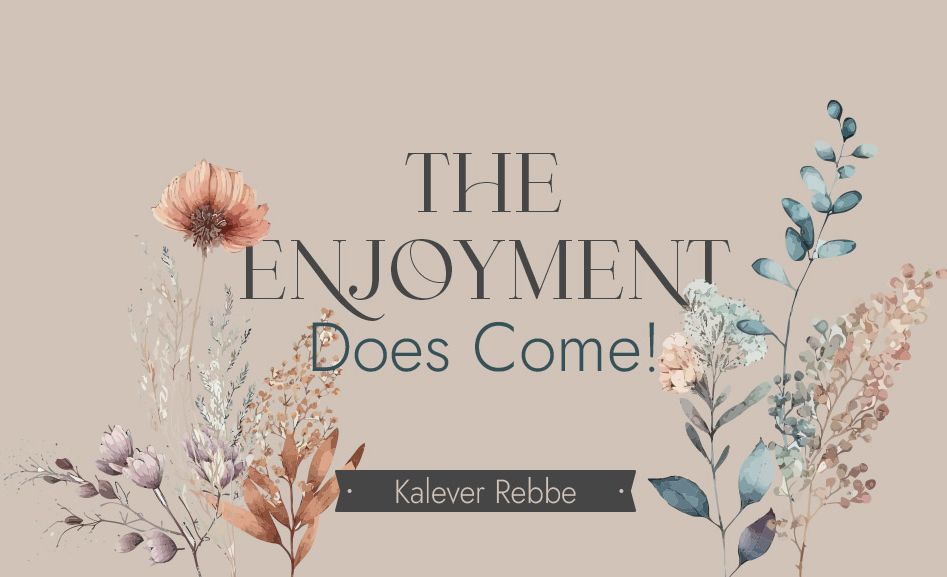
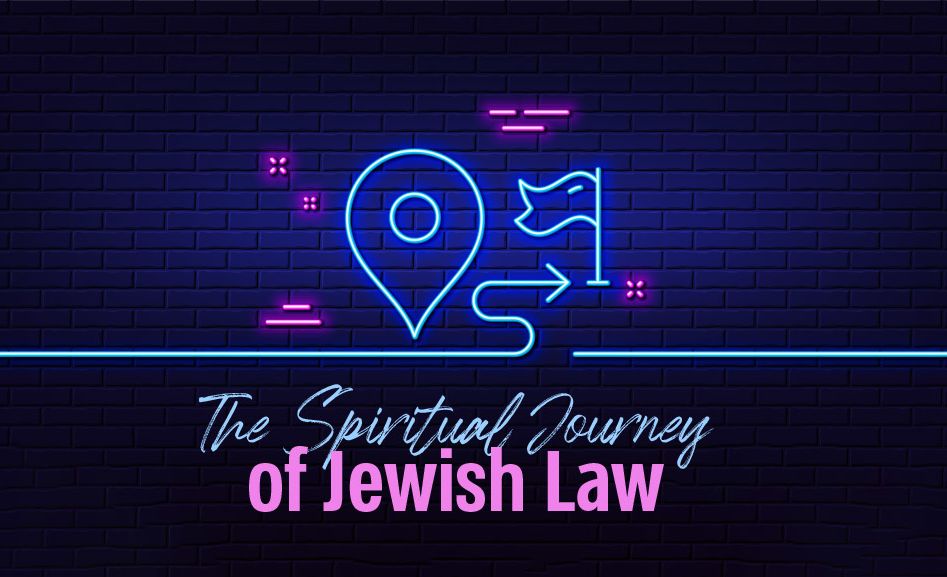
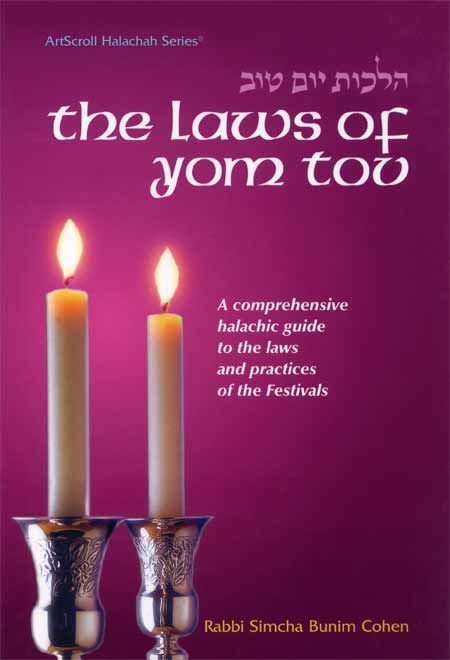
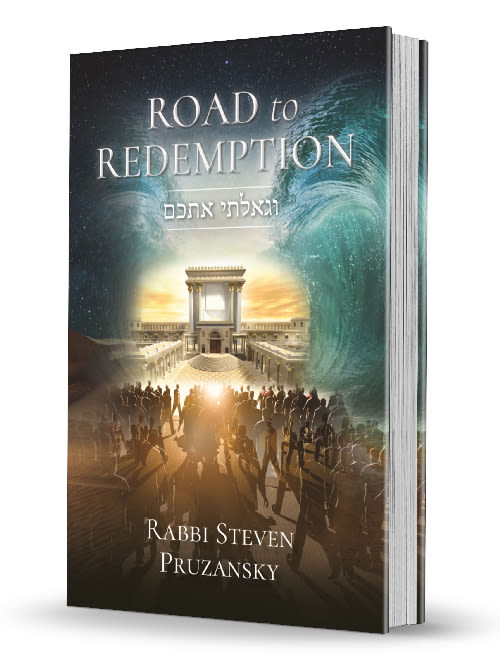



Tell us what you think!
Thank you for your comment!
It will be published after approval by the Editor.